
It might seem strange, at first, that a city as closely associated with sun and fun would also be the city that helped spawn, and has been the location for, so many classics in the great American literary and film genre known as noir. But the fact remains that acknowledged heavyweights like Raymond Chandler, Ross Macdonald and James Ellroy — as well as countless lesser writers — set their sordid, riveting crime stories firmly in Los Angeles, while Hollywood’s greatest noir thrillers, from Double Indemnity to L.A. Confidential, have reveled in casting a cold, hard light on the shadowy underbelly of the City of Angels.
A fairly recent star-studded installment in the L.A. noir firmament was the Ruben Fleischer-directed flick, Gangster Squad. Starring Ryan Gosling, Josh Brolin, Emma Stone and, most intriguingly, Sean Penn as a legendary Brooklyn-born Jewish mobster, the movie promises the sort of terse banter and volcanic gunplay that have been the trademarks of crime films since the immortal James Cagney virtually invented the silver-screen tough-guy in the 1930s.
As it so happens, Penn’s character — in real life a portly, dangerous and weirdly charismatic thug, Meyer Harris “Mickey” Cohen — was exactly the sort of mid-20th-century figure whose exploits and demeanor were catnip to the editors of LIFE magazine. It’s not that the men (and, very occasionally, women) calling the shots at LIFE were enamored of bookies and racketeers. But Mickey Cohen was one of those rare gangsters — Crazy Joe Gallo, another Brooklyn boy with his connections to show biz, also comes to mind — who were more than just mindless mob enforcers. Street-smart, disarmingly blunt and true to their own insular, twisted ethical code, criminals like Cohen and Gallo exuded a kind of rough, lethal charm. And like Gallo, Cohen was a bona fide celebrity in his lifetime — even a kind of anti-establishment pop-culture hero.
In its January 16, 1950, issue, LIFE published a feature titled, simply, “Trouble in Los Angeles,” focusing on a wave of organized crime and political corruption so widespread it made supposedly crooked places like Chicago look like models of probity. Front and center in the piece was none other than Cohen himself, the fleshy, self-satisfied face of Southern California sociopathy — an “exhibitionist hoodlum,” as LIFE characterized him. In fact, Cohen and his wife LaVonne appeared in several photos in the article, for all the world just another happily married couple who had settled in California for no other reason than the forgiving climate and who remained in L.A. because Mickey’s commercial concerns — nightclubs, flower shops, gas stations, Michael’s Exclusive Haberdashery on Sunset Boulevard, etc. — needed his constant attention.
Here, LIFE.com offers a series of photographs from 1949 featuring Mickey and LaVonne Cohen in their natural environment, as they hoped the world might see them: quiet, sober, eminently respectable members of the community, without a care in the world, enjoying life beneath the kind and lidless California sun.
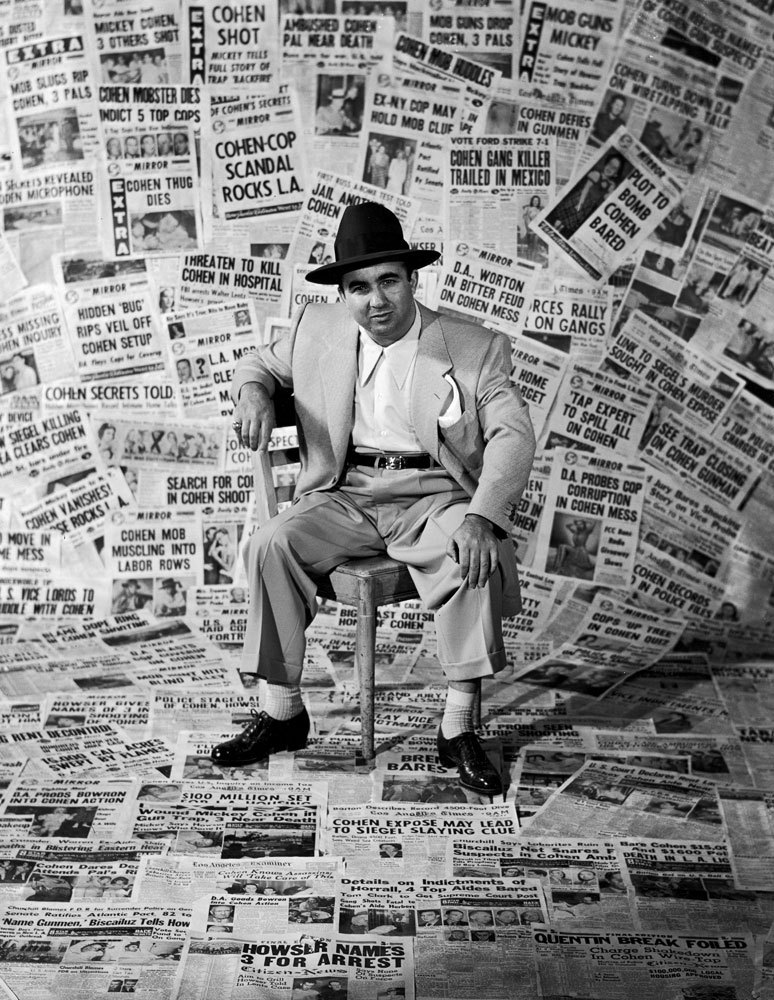


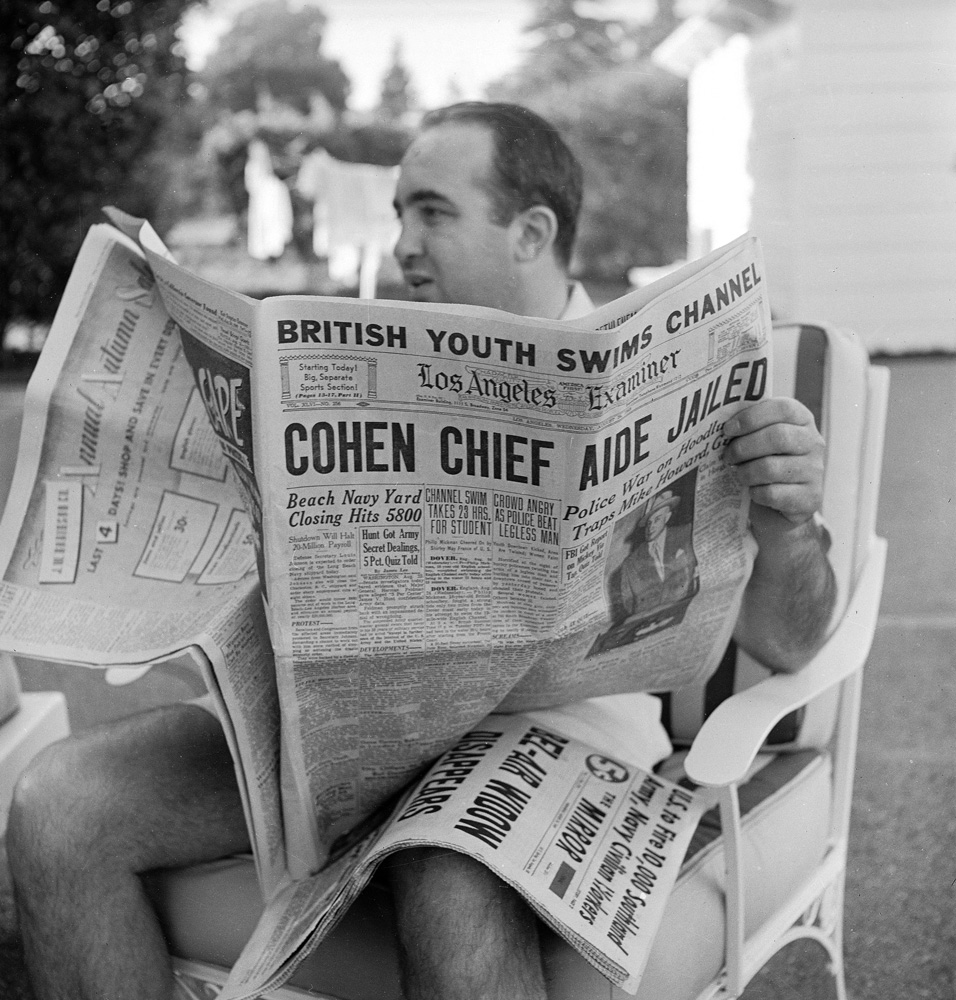
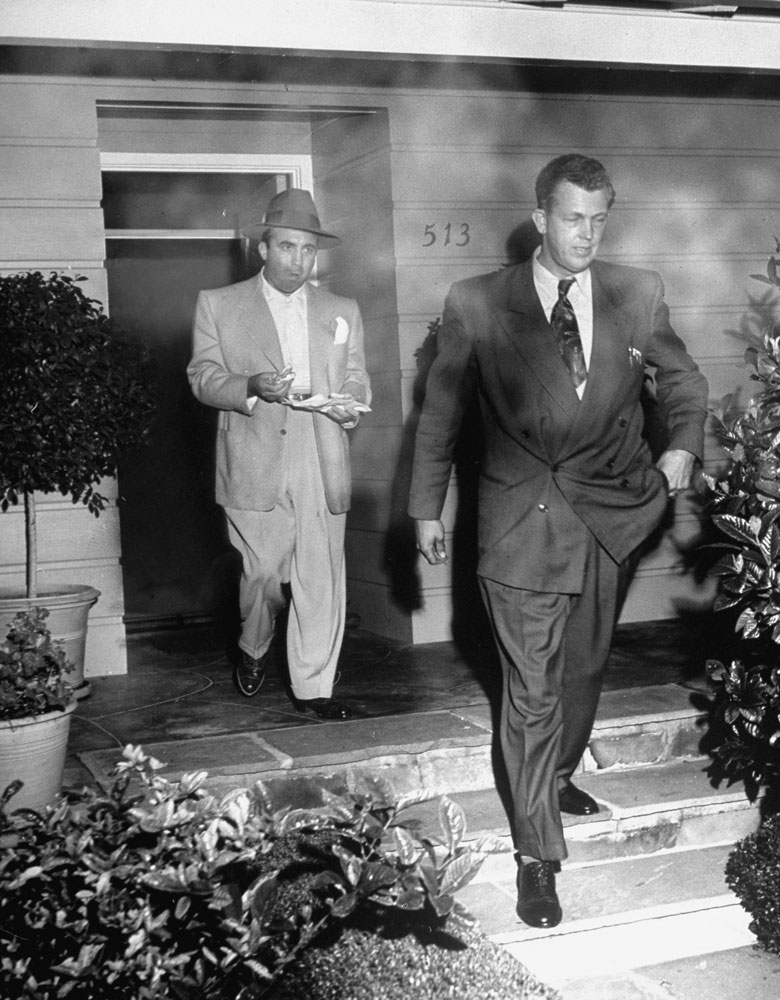



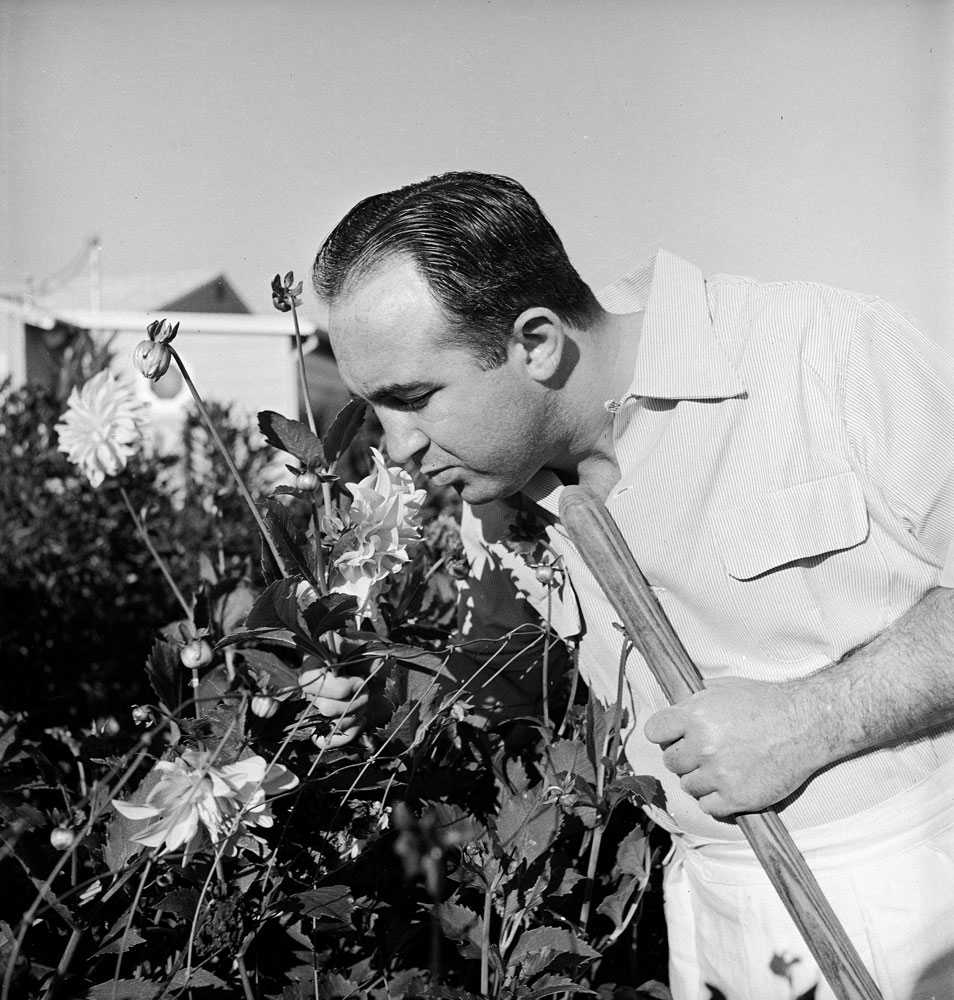

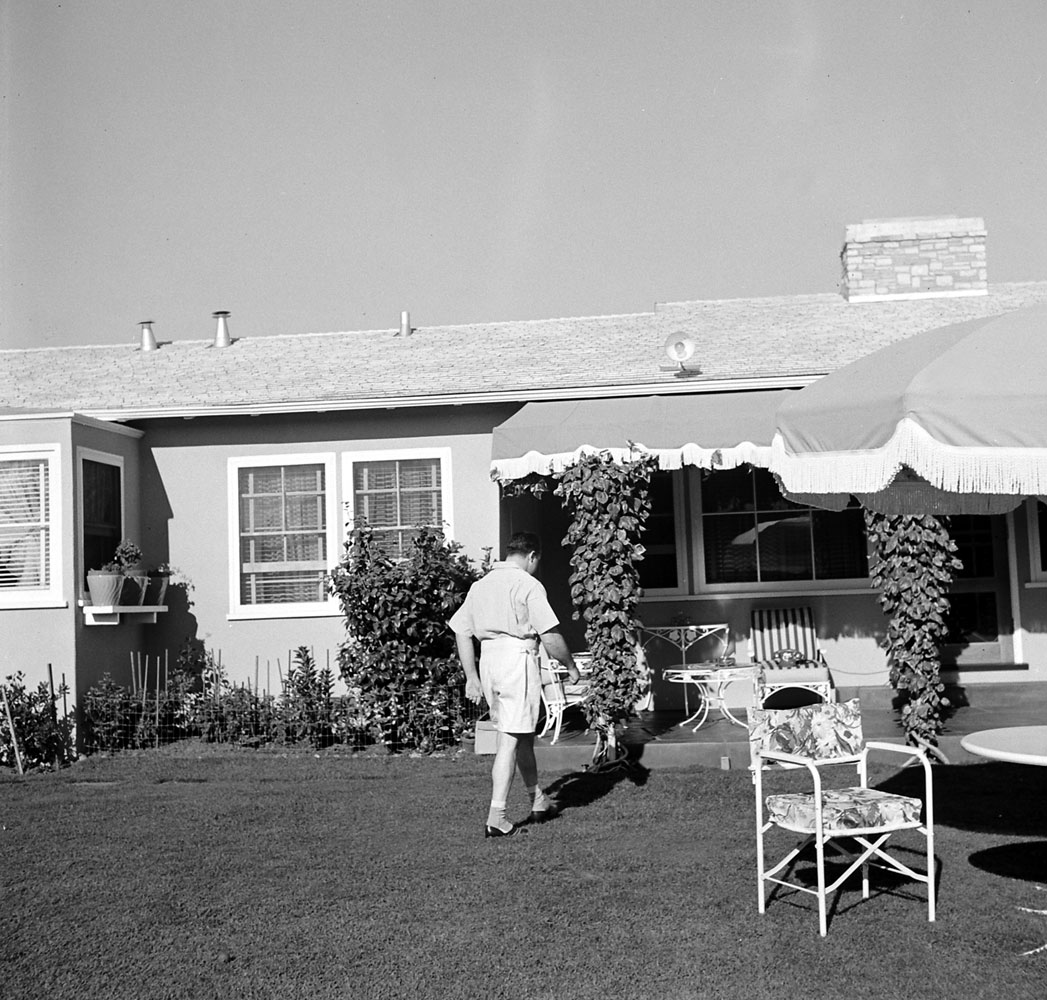
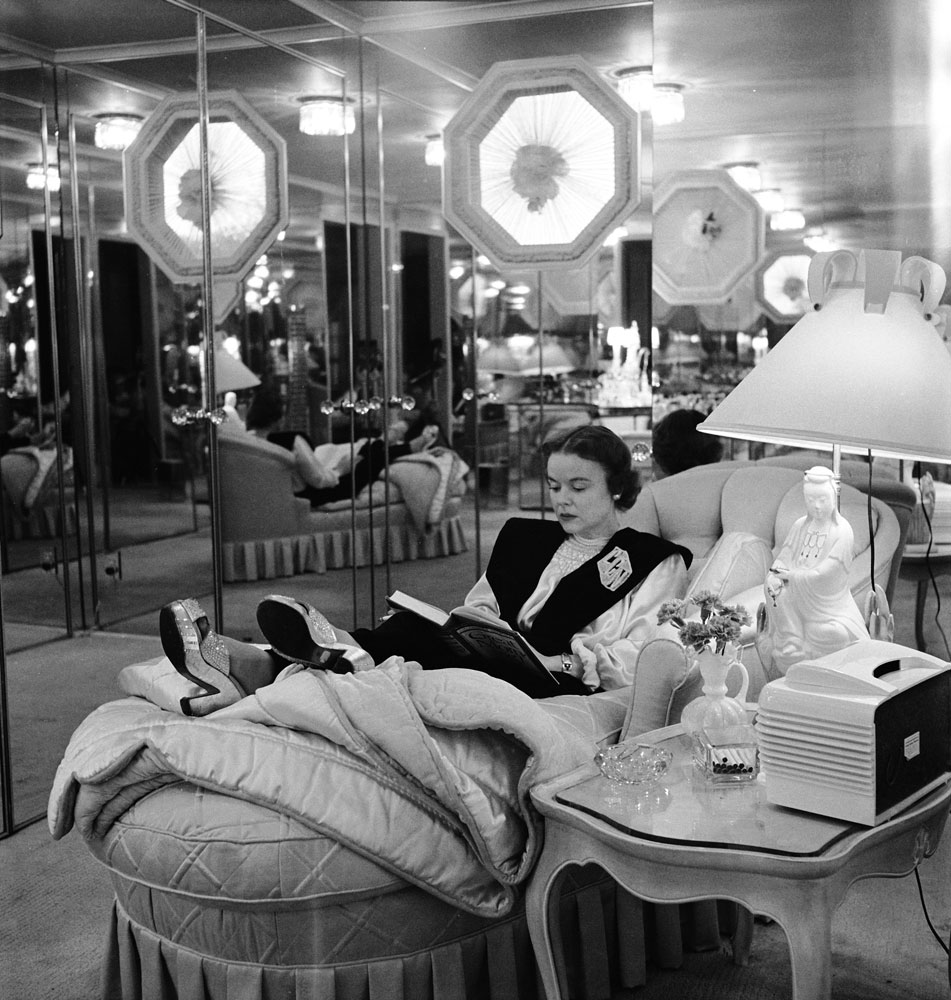
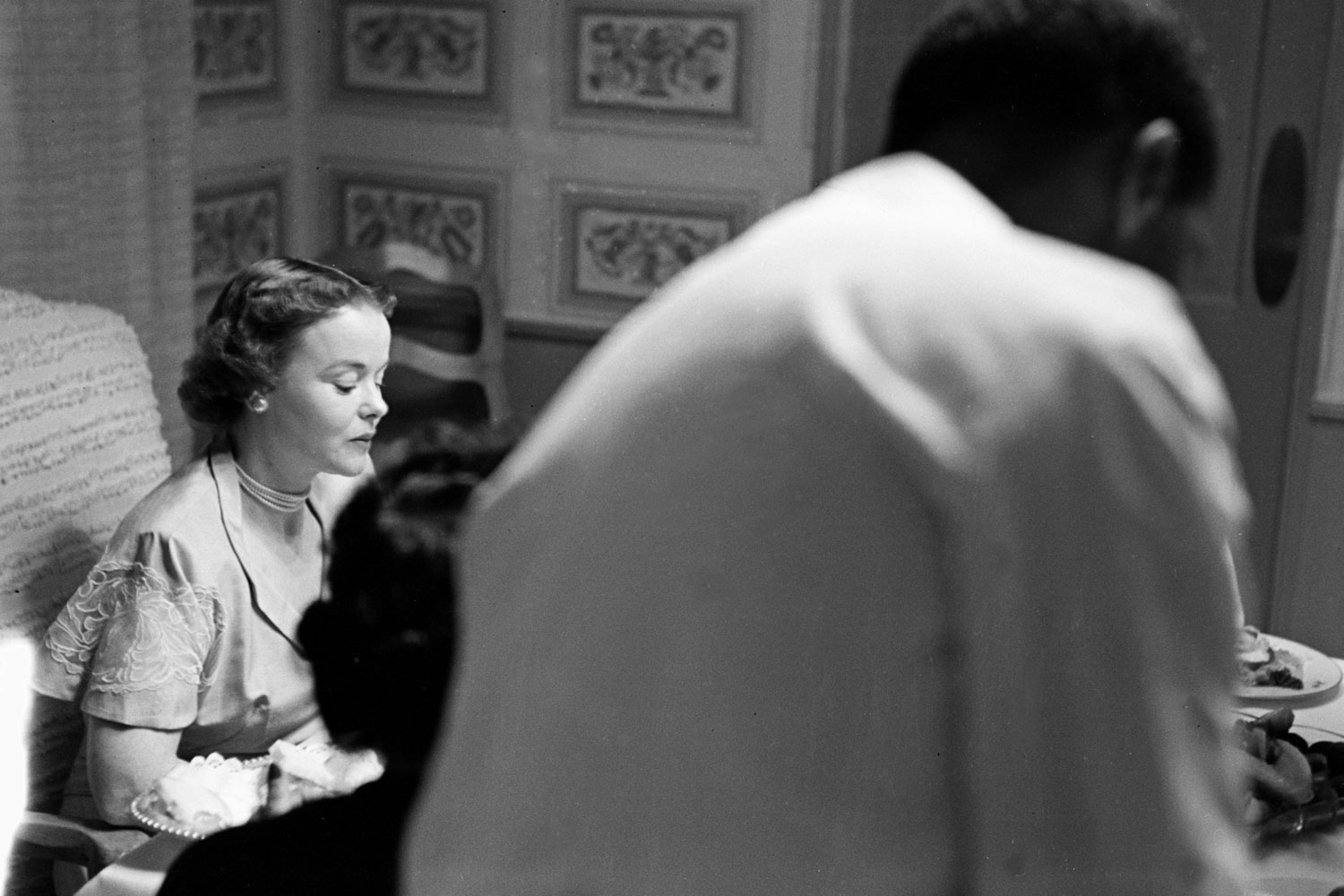
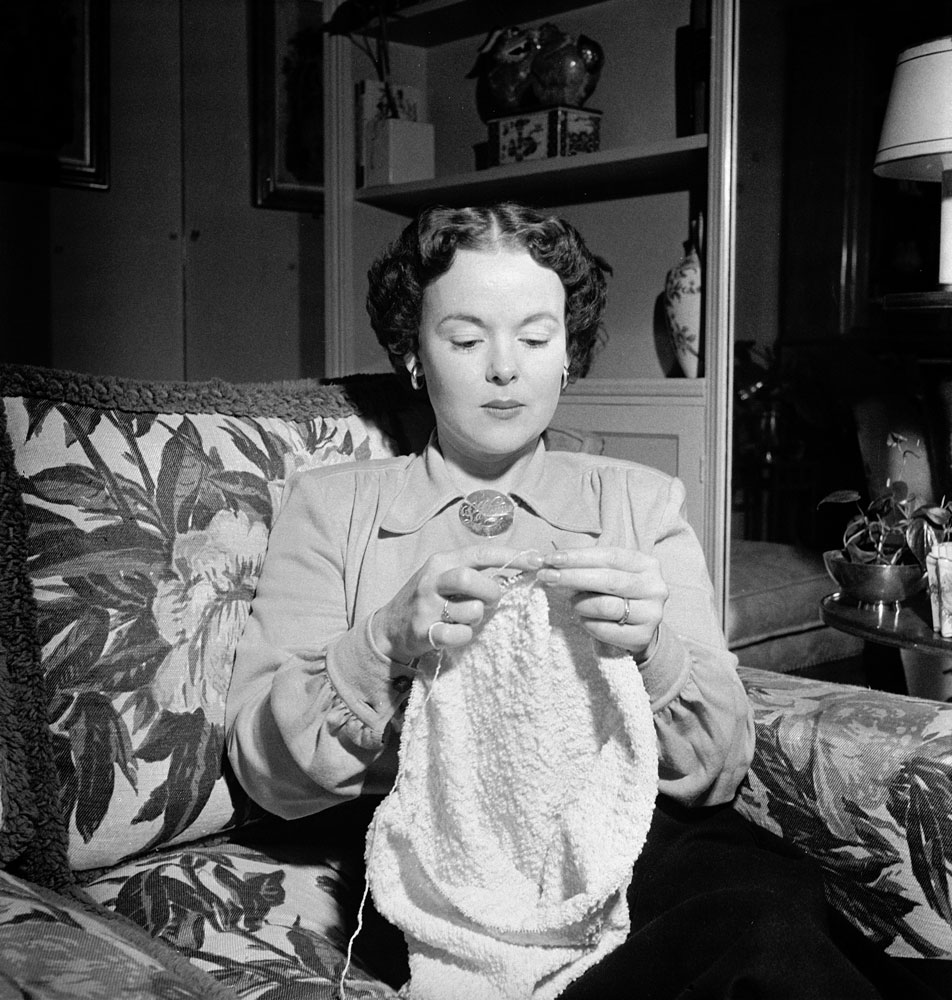
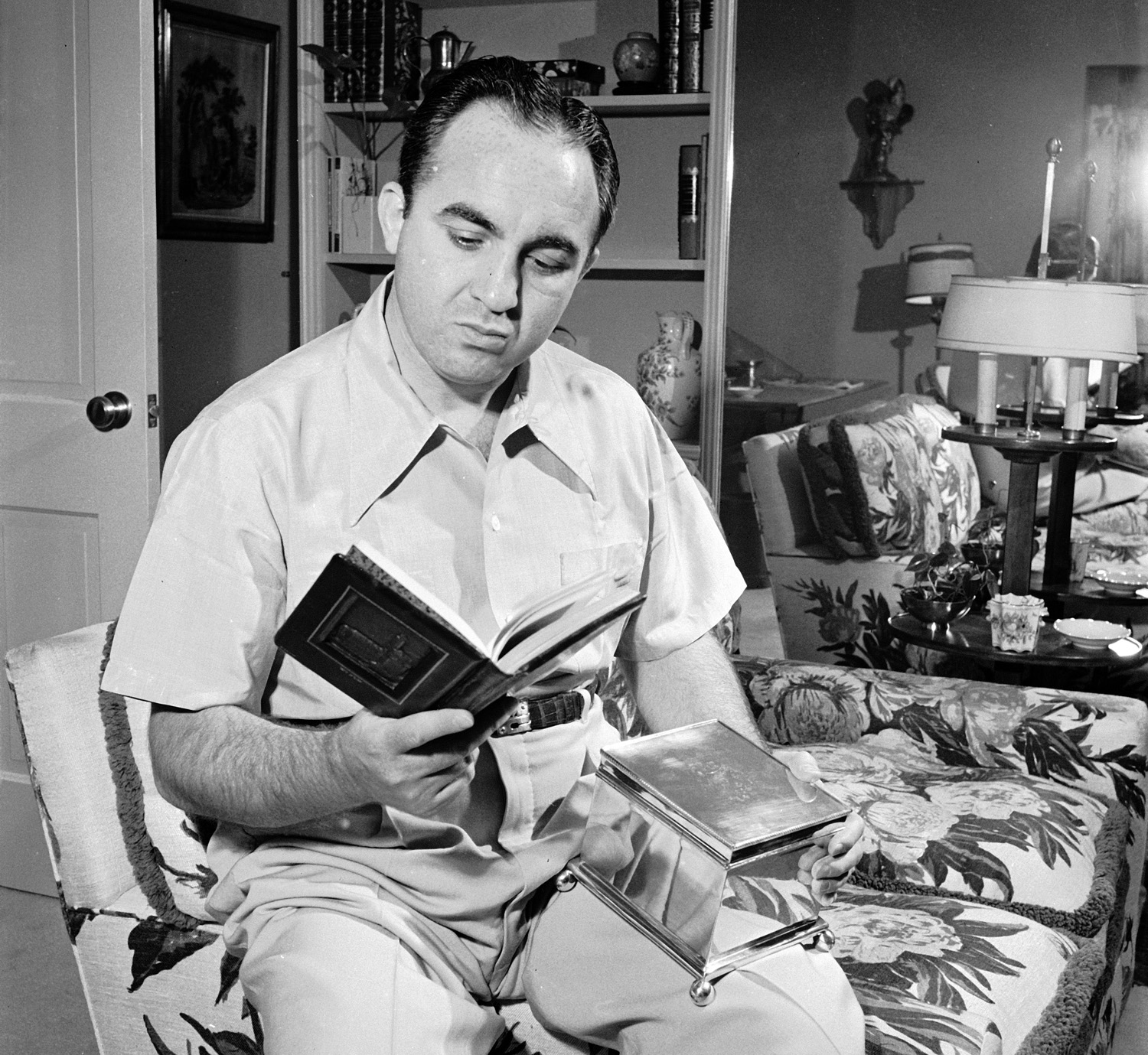
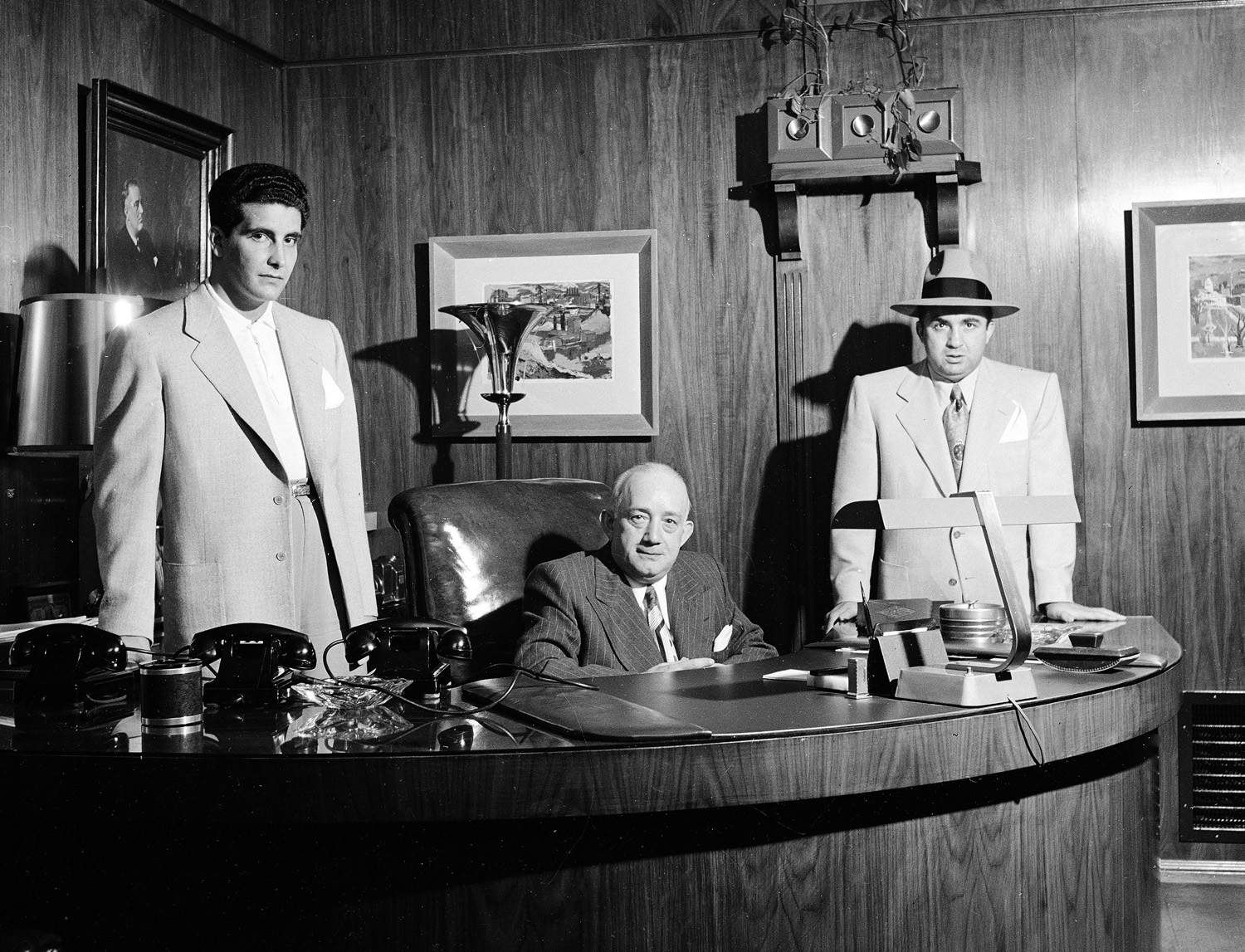
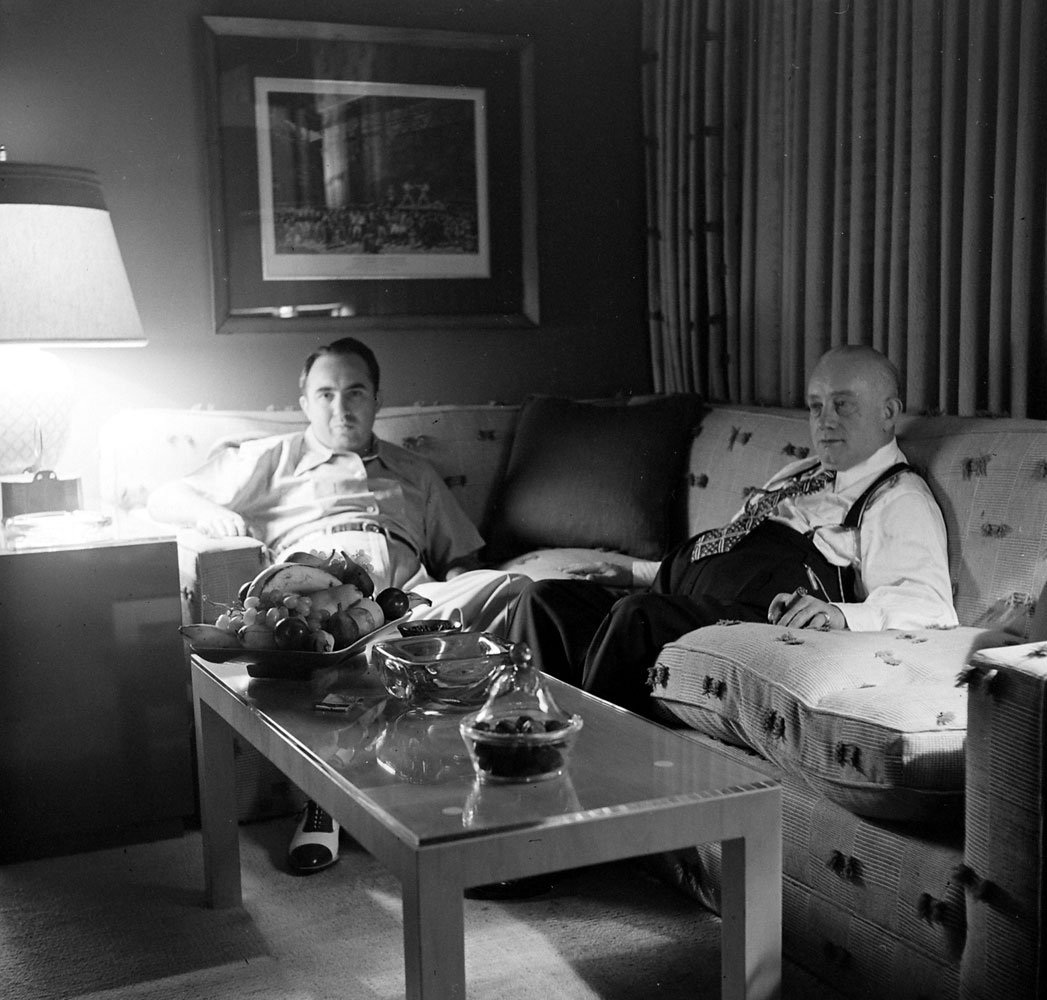
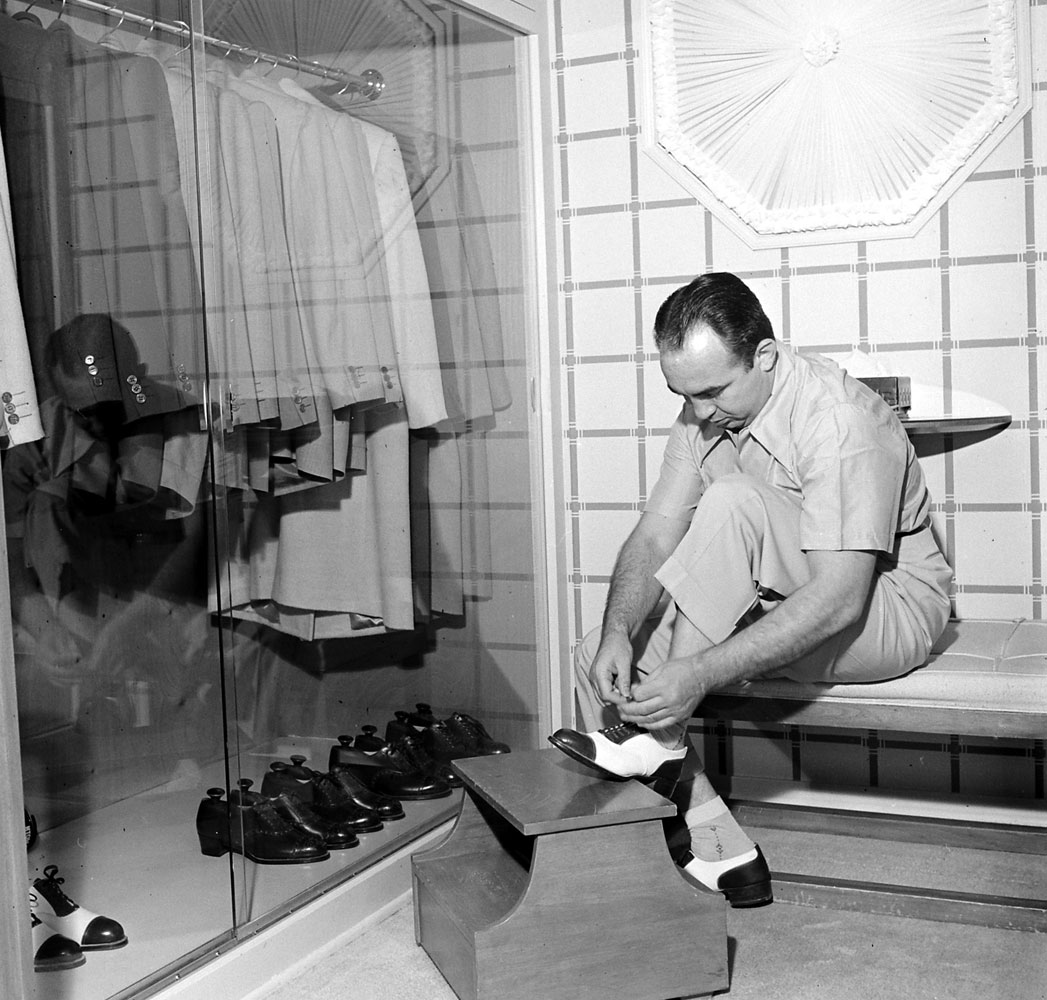
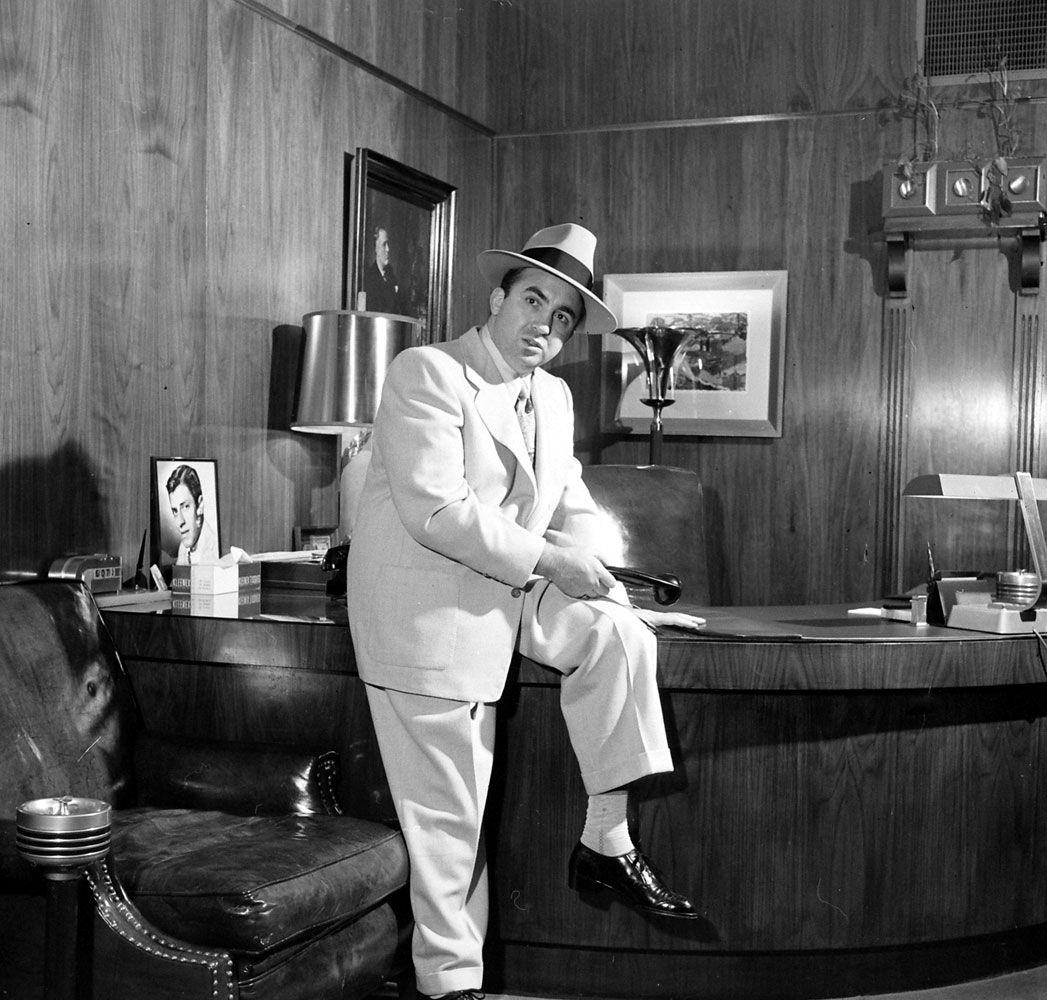

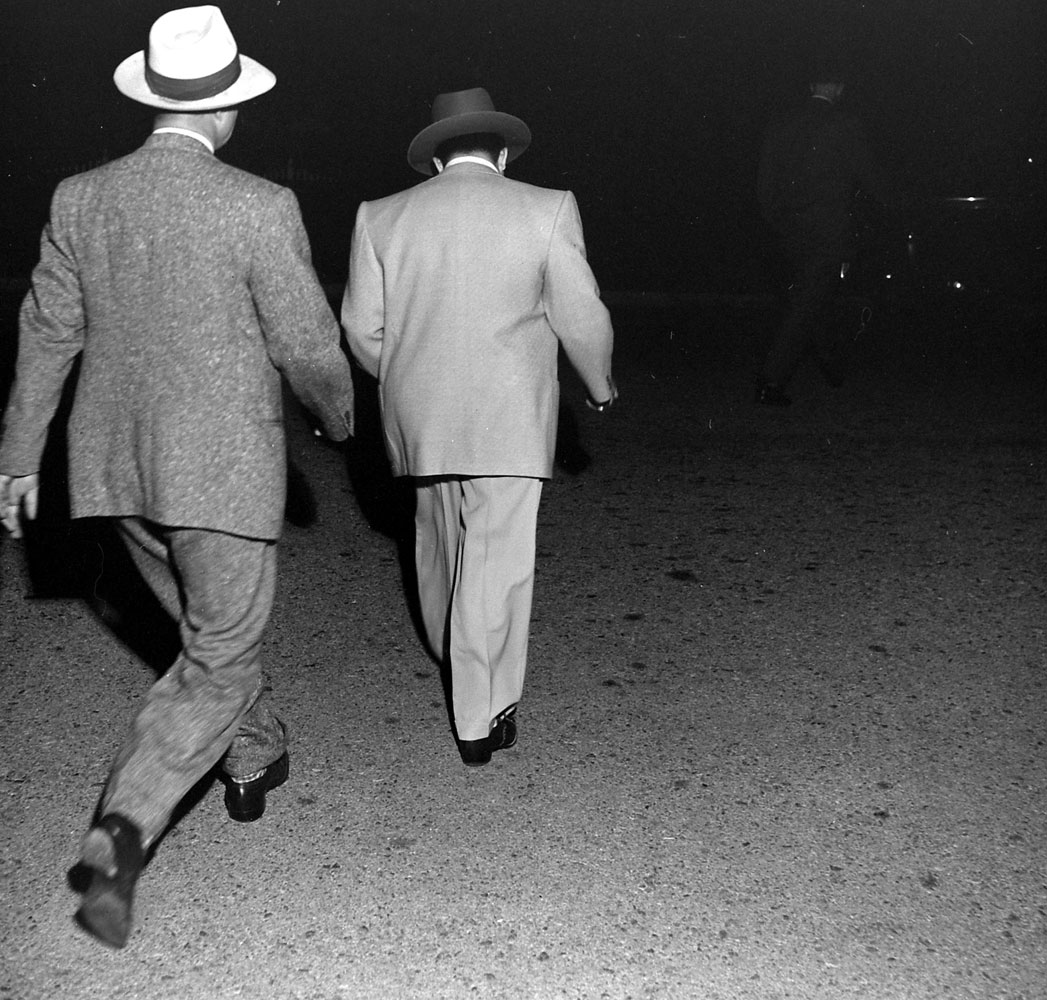
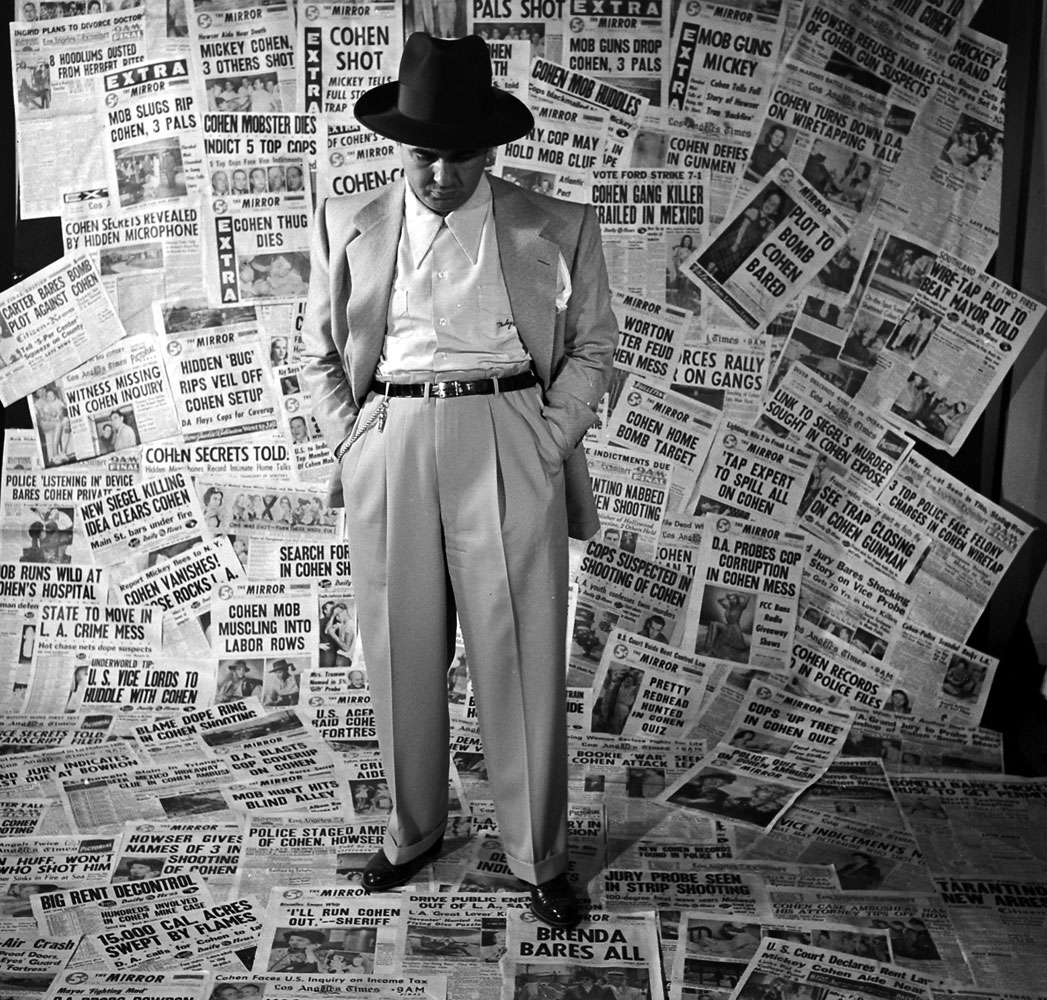
More Must-Reads from TIME
- Donald Trump Is TIME's 2024 Person of the Year
- Why We Chose Trump as Person of the Year
- Is Intermittent Fasting Good or Bad for You?
- The 100 Must-Read Books of 2024
- The 20 Best Christmas TV Episodes
- Column: If Optimism Feels Ridiculous Now, Try Hope
- The Future of Climate Action Is Trade Policy
- Merle Bombardieri Is Helping People Make the Baby Decision
Contact us at letters@time.com